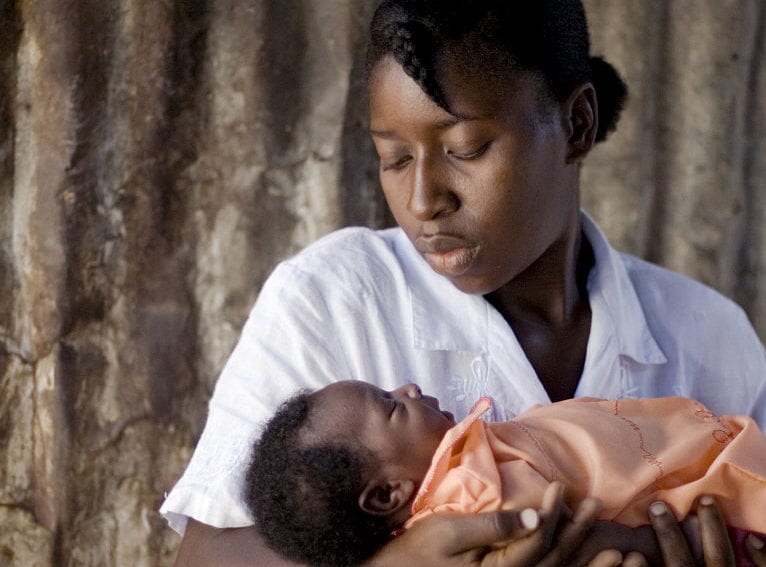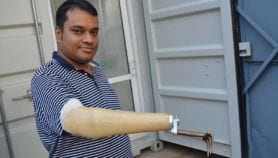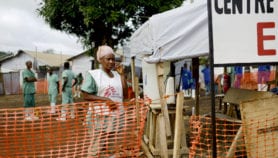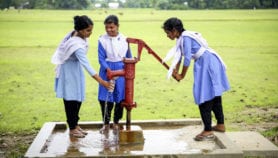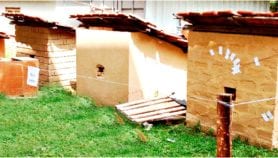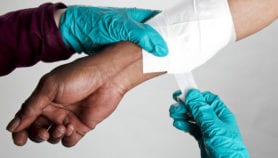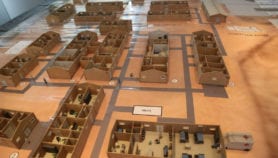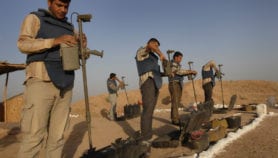By: Imogen Mathers
Send to a friend
The details you provide on this page will not be used to send unsolicited email, and will not be sold to a 3rd party. See privacy policy.
If you are unable to listen to this audio, please update your browser or click here to download the file [11.3MB].
When the NGO Field Ready first arrived at a health clinic in Haiti, they found the hospital’s maternity ward dangerously short of equipment. Nurses and doctors were using makeshift tools to clamp the umbilical cords of new-born babies. So the team began printing umbilical cord clamps using 3D printing presses, trained up the staff, and this kind of printing is still in use today, long after Field Ready left the island. Rather than buying expensive equipment, which is usually imported at great cost from China and elsewhere, healthworkers can now simply print off such kit as and when they need them.
In this audio interview, Laura James, advisor to Field Ready, which specialises in 3D printing for humanitarian relief, explains that umbilical cord clamps are just one use for this important, rapidly evolving technology. They hope to develop the capacity to create spare car parts and the more straightforward but no less vital tool, buckets – both items that are in high demand but short supply in the global south, with countries too often reliant on expensive imports.
In time, Field Ready hope to create a global network of 3D printing technicians and designers who, through online manuals and forums, can share designs and ideas across continents and contexts.


